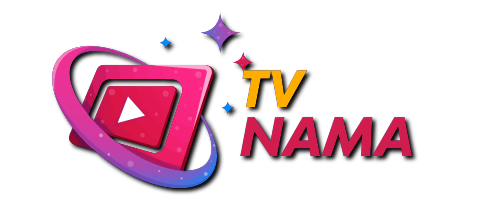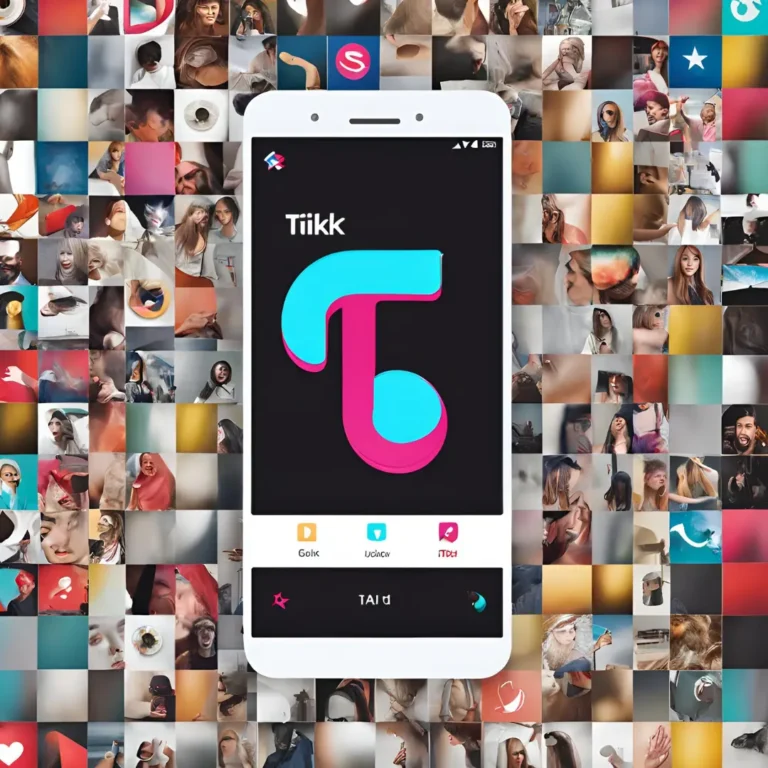Digital Transformation in Procurement: Unlocking Efficiency with Cutting-Edge Software Solutions
Introduction
Modern fast-moving business organizations have a sharp desire to simplify and make their activities more cost-effective, eliminating wasteful activities while achieving efficiency. Procurement forms an integral part of operations management and has massive scope for optimization. It is an extremely lengthy procedure. Fortunately, procurement software has emerged as a very effective solution to automate all these processes. Companies employing automated and digital procurements can greatly reduce human errors, introduce transparency, and make much better decisions. In the next article, we’re going to go through major elements and benefits of procurement software.
Benefits of Procurement System
- Efficiency of the Centralization Procurement System
Traditionally, it would cut across various teams, agencies, and stakeholders from silos. Thus, it can cause miscommunications and inefficiency in work. One of the best advantages of procurement software is that it centralizes the whole process of procurement, as all procurement activities are put under one single window on a unified platform where access to the same data is granted to every user in real-time. All of the procurement process-purchases, requisitions, right through to the approval and tracking of orders-can be managed from one location. This means no unnecessary paperwork and emails. Major vintage parts of the purchasing process are needed in the past, so decisions happen sooner, and the process flows much more smoothly. Procurement software has a multi-team or interdepartmental communication feature so all those working on the information are saying the same thing.
- Automate Workflows to Get Minimum Manual Input.
Manual procedures in buying would definitely involve errors in the inputting of numbers, missing signatures, and misplaced documents. Such errors then also follow great shocks and delays in the systems of supply chains. Procurement software solves the problem by streamlining most of the routine procedures attached to the process of purchase. For example, purchase orders can appear automatically; procedures for the same to be manufactured can be triggered based on advanced specified criteria, and the invoices can automatically be reconciled with the purchase contracts and receipts. In this case, automation minimizes the risks of human errors and even makes procurement faster such that the products and services come in within time schedules. The main advantage of automation is the automation of repetitive operations, giving procurement employees the time to conduct strategic activities, such as management of relationships with suppliers and expensing analysis, not mired in administrative labor.
- Improved Control and Visibility of Spending
The key challenge of procurement is to know where an organization actually spends its money. Without knowing where the money is spent, an organization cannot learn its areas for cost reductions or negotiate better terms with suppliers. Procurement software provides an advanced operating reporting and analytics package, offering organizations current knowledge of spending behaviors. For instance, more elaborate accounts can be categorized department-wise, category-wise, supplier-wise, or geographically. This way, the decision-makers might very well identify trends and possible areas of improvement. All this increased transparency will, therefore, help organizations operate within procurement regulations and budgets, hence preventing unapproved or runaway spending. With a business having a full view of the procurement process, the possibility of making better decisions, enhancing relations with suppliers, and ultimately protecting money is ascertained.
- Supplier Management and Relationship Building
The suppliers form any procurement process. Efficient supplier management can result in better cost, quality, and service. Supplier management is easy if the software used in procurements contains a complete database of all vendors containing contact information and contact information, also with performance measures. In this case, the procurement team can trace the performance of suppliers at various points in time and quickly address matters of concern. Another aspect that the software will improve is communication with the suppliers, as the software easily enables ordering and paying by organizing everything. By using procurement software, organizations are also able to maintain good relationships with suppliers through the tools of analyzing supplier performance and long-term partnerships. Good relationships with suppliers mainly imply a good price, favor, and rapid response to issues; all these result in efficient purchasing processes.
- Ethics and Risk Management
A step of any purchasing process includes obeying corporate rules, law, and legal compliance. No service uses monetary financial penalties, reputational loss, and operational disruption if not complied with. The purchase software aligns organizational regulations, approval rules, and contractual conditions to comply from start to finish with the whole purchasing procedure. For example, it automatically picks purchases that are above budget capacity and those not based on allowed suppliers. In addition, procurement software helps organizations maintain regulatory compliance by keeping almost minute details of every transaction that occurs. These can be excellent service in internal audits and external regulatory reviews. In this manner, procurement software lowers the probability of non-compliance, and procurement processes are always compliant with the regulations that help enable organizations to avoid costly fines and disruptions.
- Scalability and Flexibility for the Growing Organization
As an organization grows in size, so do its buying requirements. It creates sophisticated needs for which procurement software is designed to scale up with an organization, offering agility in satisfying changing needs. Expanding into new markets, new vendors or more volume increases in purchases are easily absorbed without extending downtime. Most of these procurement software systems are cloud-based and thus easy to scale up along with users, divisions, or locations. This flexibility ensures that the software allows dynamic growth along with the business, hence providing constant support to changing procurement procedures. Most procurement programs are also customizable, thus allowing organizations to tailor the program toward their specific processes and business needs. This flexibility has hence made procurement software an excellent long-term investment for any firm.
Conclusion
Last but not least, procurement management system has several advantages that will revolutionize the way businesses handle their procurement procedure. Procurement software enables the company to look for functionalities needed to improve effectiveness, cost reduction, and skills in strategic decision-making. From centralizing the procurement process and reducing human mistakes to building closer relations with a vendor as well as compliance, this software can really help most firms in a challenging environment heightened by such factors. Organizations can make significantly more strategic decisions about procurement by optimizing their processes and presenting real-time data.







